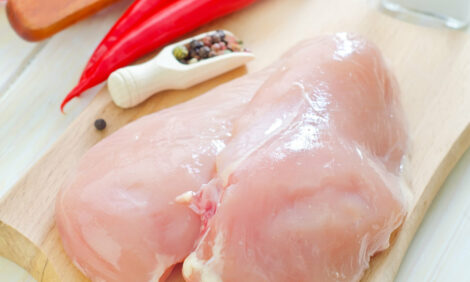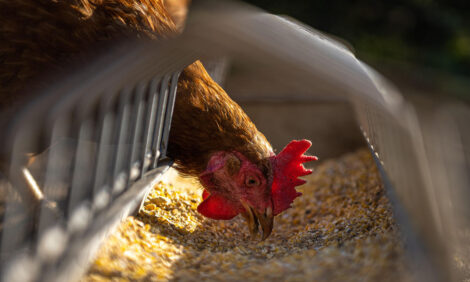



Break the Salmonella cycle on your poultry operation
Learn ways to break the frustrating Salmonella cycleSalmonella—it’s a frustrating cycle that producers know all too well. Infected chicks bring Salmonella
into the poultry house. They shed bacteria into litter that infects other birds—often without showing any outward signs or symptoms. After the flock leaves the poultry house, Salmonella can remain active and expose the next group of birds.
If left unchecked during grow out, incoming birds can bring high loads of Salmonella into the processing facility and overwhelm standard food safety control measures. Contamination may persist all along the food chain to retail and home environments—presenting a threat to human health and safety—and foodborne disease outbreaks in recent years point to emergence of dangerous new Salmonella serovars that are difficult to control.
Reducing pathogen loads.
Proper hygiene and biosecurity are important practices to manage the Salmonella load entering the poultry house and breaking the disease cycle. Thoroughly cleaning and disinfecting houses between flocks prevents exposure and helps break the contamination cycle.
Salmonella thrives in wet poultry litter with high pH. Keeping litter dry and at a lower pH helps reduce prevalence in houses. Producers should be aware that contaminated feed and water also may carry and transmit Salmonella.
Feeding for resiliency against Salmonella.
Protecting gut health through feed additives can help birds build resiliency against Salmonella. Research shows that feeding Refined Functional Carbohydrates™ (RFCs™) in CELMANAX™ builds strong immune systems and helps poultry cope with health and environmental challenges.
CELMANAX inhibits Salmonella adhesion to cell walls within the bird’s gut and reduces bacterial infection and colonization. By promoting a healthy gut lining, CELMANAX makes birds more resilient against challenges from Salmonella and other pathogens that threaten bird health and food safety.
Research proven efficacy.
Multiple research studies and commercial trials demonstrate the efficacy of CELMANAX against Salmonella threats in broilers, layers and turkeys.
In broiler studies, feeding CELMANAX to birds reduced cecal Salmonella presence compared with controls without CELMANAX. In three of the commercial farms, Salmonella load in broiler ceca decreased by up to 3.5 logs.
CELMANAX supplementation is proven to also reduce S. enteritidis—a troublesome strain blamed for foodborne illness caused by contaminated eggs. In one study with layers challenged with S. enteritidis, feeding CELMANAX reduced the pathogen by 1.2 logs compared to controls.
Similar results are seen in turkeys. In research involving turkeys faced with an S. reading challenge, those fed CELMANAX had a pathogen load 1.77 logs lower than control birds.
Possible synergy with vaccination.
A recent study found that feeding CELMANAX did not negatively affect the ability of live Salmonella vaccine AgriPro® Megan® Vac 1 to reduce colonization. In fact, data suggest a synergistic or additive effect between the two interventions.
Contact an ARM & HAMMER™ representative to discuss strategies to stop the Salmonella cycle in your facility.








